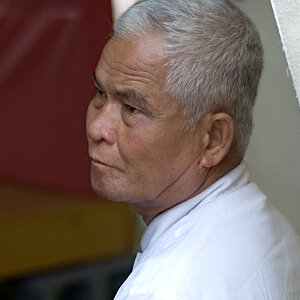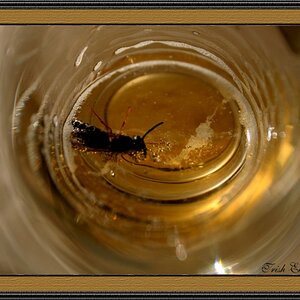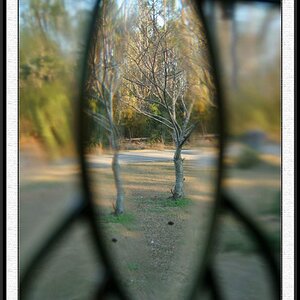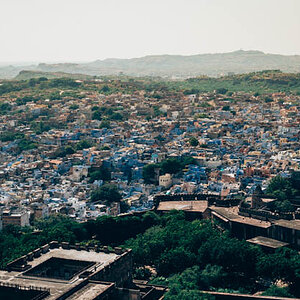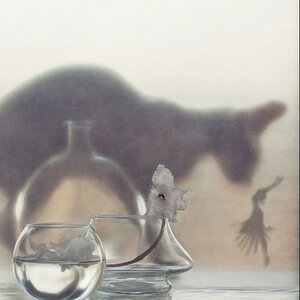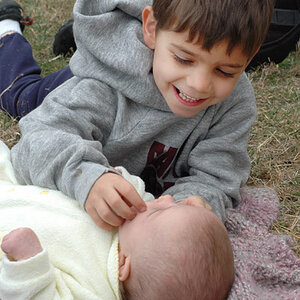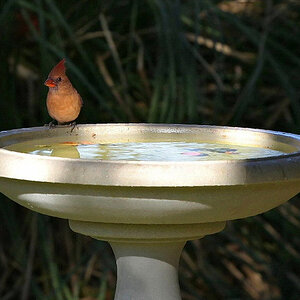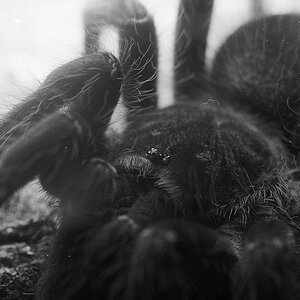Egomonster
TPF Noob!
- Joined
- Aug 6, 2004
- Messages
- 19
- Reaction score
- 0
Hi! I haven't been taking photos with a manual camera for many years, and I've forgotten the right apertures etc... Could someone please help me out...?!? Which settings would you use for these conditions:
1) outdoors picture, sunny weather
2) outdoors picture, cloudy weather
3) outdoors picture, rainy and dim weather
I know it's impossible to tell without knowing the distance of the subject, but if you could just give me some figures as an example... I know how they work in relation to each other - if the other one gets one step smaller, the other one gets one step bigger, right?.
And a few special situations:
4) if I want to take a picture of a bird that's just about to fly, 5 foot away from me?
5) what if I want to take a picture of a girl splashing water, but from the ground, so that the girl is standing and sunshine is coming from behind her? (I want to stop the water drops in the air.)
Sorry about this stupid question, but I don't know where else to ask this and I wouldn't want to find out in the darkroom I've ruined all my photos... :?
1) outdoors picture, sunny weather
2) outdoors picture, cloudy weather
3) outdoors picture, rainy and dim weather
I know it's impossible to tell without knowing the distance of the subject, but if you could just give me some figures as an example... I know how they work in relation to each other - if the other one gets one step smaller, the other one gets one step bigger, right?.
And a few special situations:
4) if I want to take a picture of a bird that's just about to fly, 5 foot away from me?
5) what if I want to take a picture of a girl splashing water, but from the ground, so that the girl is standing and sunshine is coming from behind her? (I want to stop the water drops in the air.)
Sorry about this stupid question, but I don't know where else to ask this and I wouldn't want to find out in the darkroom I've ruined all my photos... :?


